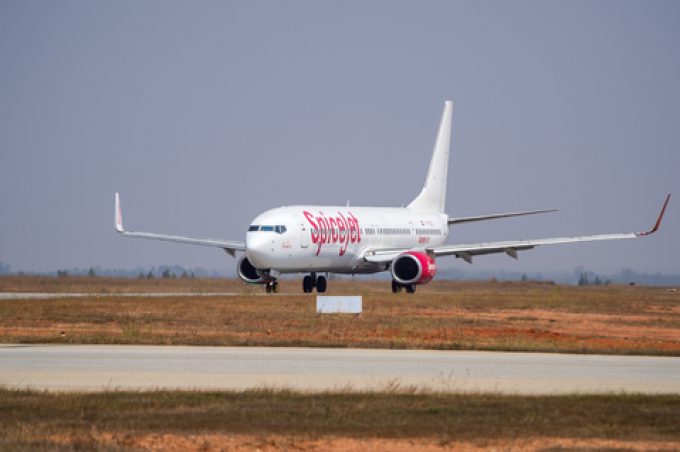Truckers say cargo logjams at Nhava Sheva are testing supply chains
Container hauliers serving terminals at India’s Nhava Sheva port (JNPA) continue to voice concerns over ...

India’s air cargo market is gathering steam, with exports leading the recovery, post-lockdown.
Mumbai International Airport (MIAL) saw 18,820 freighter movements between April and August, with general cargo volumes up 278% to 72,000 tonnes.
SpiceXpress, the cargo arm of low-cost carrier Spicejet, has also seen a big uptick in cargo volumes and revenue through the lockdown, when the focus switched to freight as passenger travel became almost non-existent.
Last week, in its first quarter results to June, the carrier claimed it had emerged ...
Volcanic disruption at Anchorage could hit transpacific airfreight operations
Macron calls for ‘suspension’ – CMA CGM's $20bn US investment in doubt
Forwarders stay cool as US 'liberation day' tariffs threaten 'global trade war'
Shippers snap up airfreight capacity to US ahead of tariff deadline
De minimis exemption on shipments from China to the US will end in May
Tighter EU import requirements proving 'a challenge' for forwarders
Looming Trump tariffs will create 'a bureaucratic monster' for Customs

Comment on this article